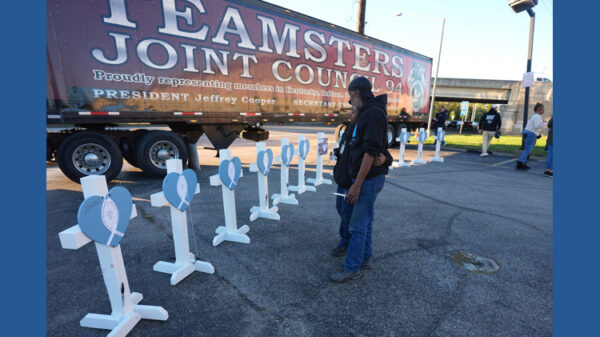A fragile ceasefire between Israel and Hamas is holding steady as preparations unfold for significant developments concerning hostages and humanitarian aid. Anticipation surrounds the expected release of 48 captives from Gaza, with 20 of them confirmed to be alive. This critical day marks the culmination of efforts that began following the escalation of violence on October 7, 2023, when Hamas militants attacked Israel, resulting in approximately 1,200 deaths and the abduction of around 250 individuals.
As the ceasefire persists, humanitarian organizations are mobilizing to deliver much-needed aid to Gaza, which remains in dire condition following two years of conflict. The situation has led to a reported death toll exceeding 67,600 Palestinians, according to Gaza’s Health Ministry. This figure underscores the immense challenges faced by the region as it grapples with the aftermath of war.
Hostage Release and Humanitarian Aid Efforts
Sunday marked the 737th day since the initial hostage-taking, a milestone commemorated by many Israelis through visible reminders. Israel anticipates that the 20 living hostages will be released on Monday. They are expected to be handed over to the International Committee of the Red Cross before being transferred to the Israeli military at the Reim base in southern Israel, where family reunions await.
Israel has also indicated that up to 28 deceased hostages may not be returned at the same time. The prospect of returning remains is viewed as essential for the healing process of affected families. An agreement specifies that an international body will assist in locating remains not returned within 72 hours.
In conjunction with the hostage releases, Israel is set to release around 2,000 Palestinian prisoners, many of whom have been detained without charge. This includes individuals affiliated with Hamas and the Fatah faction, as well as others convicted of various offenses. The specifics regarding the identities of the prisoners and their destinations remain uncertain.
Challenges Ahead for Gaza and Regional Stability
As humanitarian aid efforts ramp up, around 400 trucks from Egypt are scheduled to enter Gaza after undergoing Israeli inspections. The Israeli defense authority managing humanitarian assistance in Gaza has stated that they aim to facilitate the entry of approximately 600 trucks per day, in line with the ceasefire agreement. The Integrated Food Security Phase Classification has warned of a potential famine in Gaza City, with conditions expected to worsen without adequate aid and support.
The task of rebuilding Gaza poses a significant challenge, as extensive destruction has left much of the territory in ruins. The plight of the two million residents, many of whom have been displaced, remains dire.
On the diplomatic front, former U.S. President Donald Trump is set to arrive in Israel on Monday morning. His involvement played a crucial role in brokering the ceasefire agreement, and he is expected to meet with the families of hostages and address the Knesset, Israel’s parliament. Following his visit, Trump will travel to Egypt for a peace summit involving regional and international leaders.
The ceasefire and impending hostage releases represent a pivotal moment in the ongoing conflict, but significant uncertainties linger regarding the future. Israel seeks the disarmament of Hamas, while Hamas demands the withdrawal of Israeli troops from Gaza. The governance of Gaza, which has been under Hamas control for two decades, remains a contentious issue that requires resolution.
As the world watches these developments unfold, the humanitarian crisis and the quest for lasting peace in the region continue to pose formidable challenges.





































































